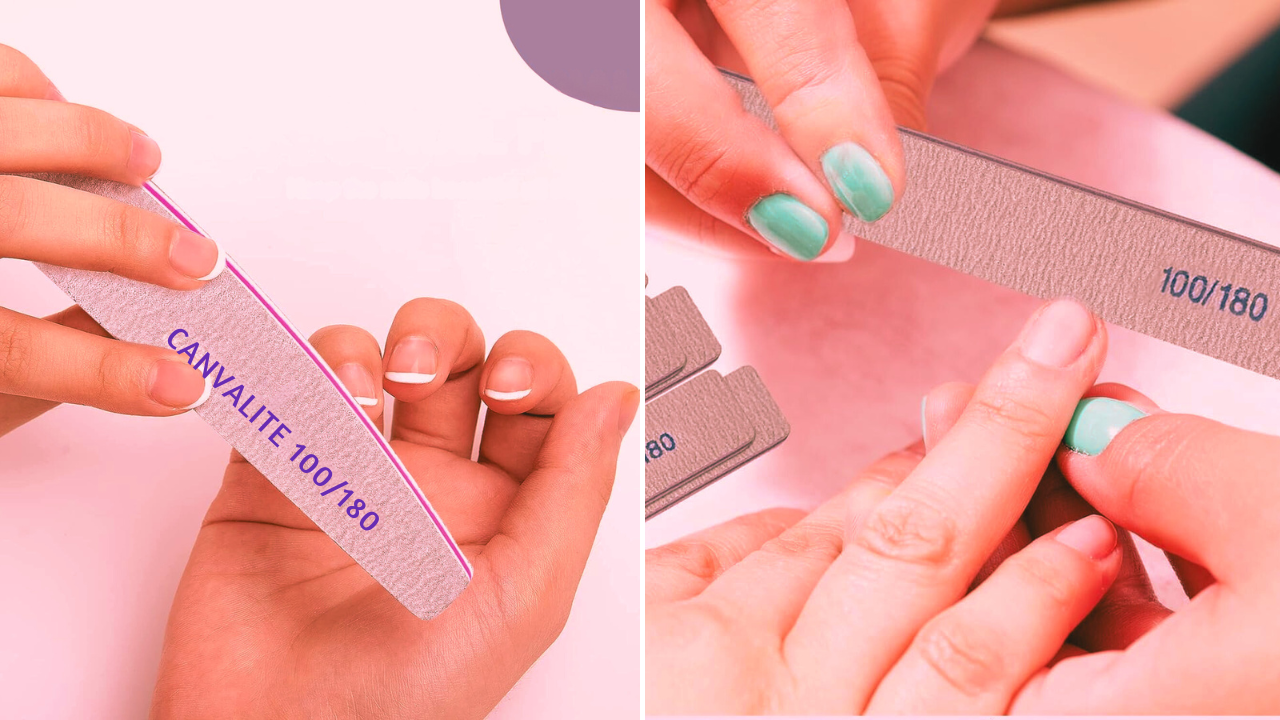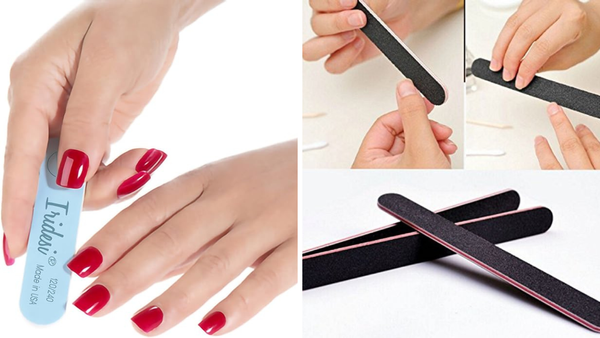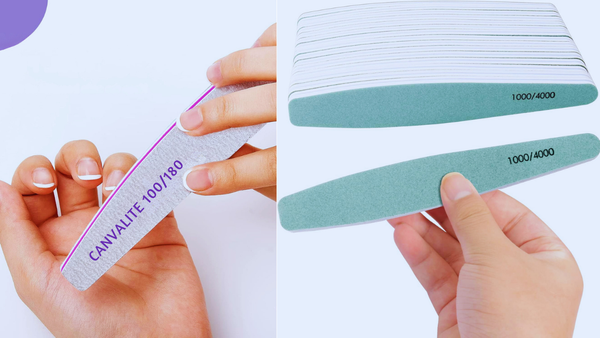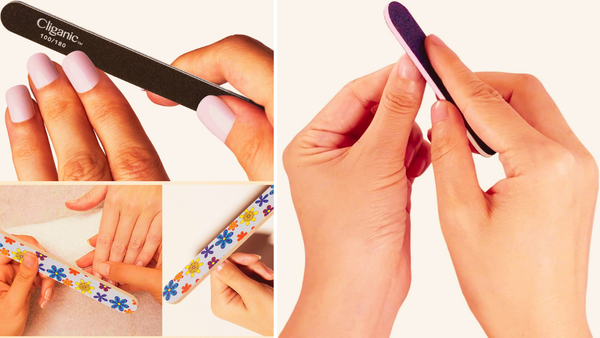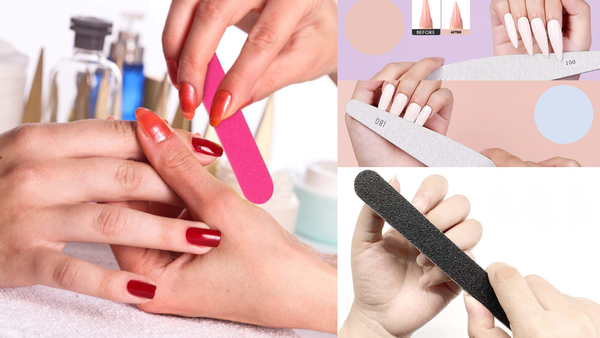Key Takeaways:
- Understand the different types of nail files and their specific uses.
- Learn the proper techniques for filing nails to maintain nail health and achieve the desired shape.
- Discover the best practices for nail file maintenance and hygiene.
Nail care is an essential aspect of personal grooming, and using the right tools is crucial for achieving beautiful, well-shaped nails. Among these tools, nail files play a pivotal role. However, not all nail files are created equal, and knowing which type to use and how to use it can make a significant difference in your nail care routine.
The Different Types of Nail Files
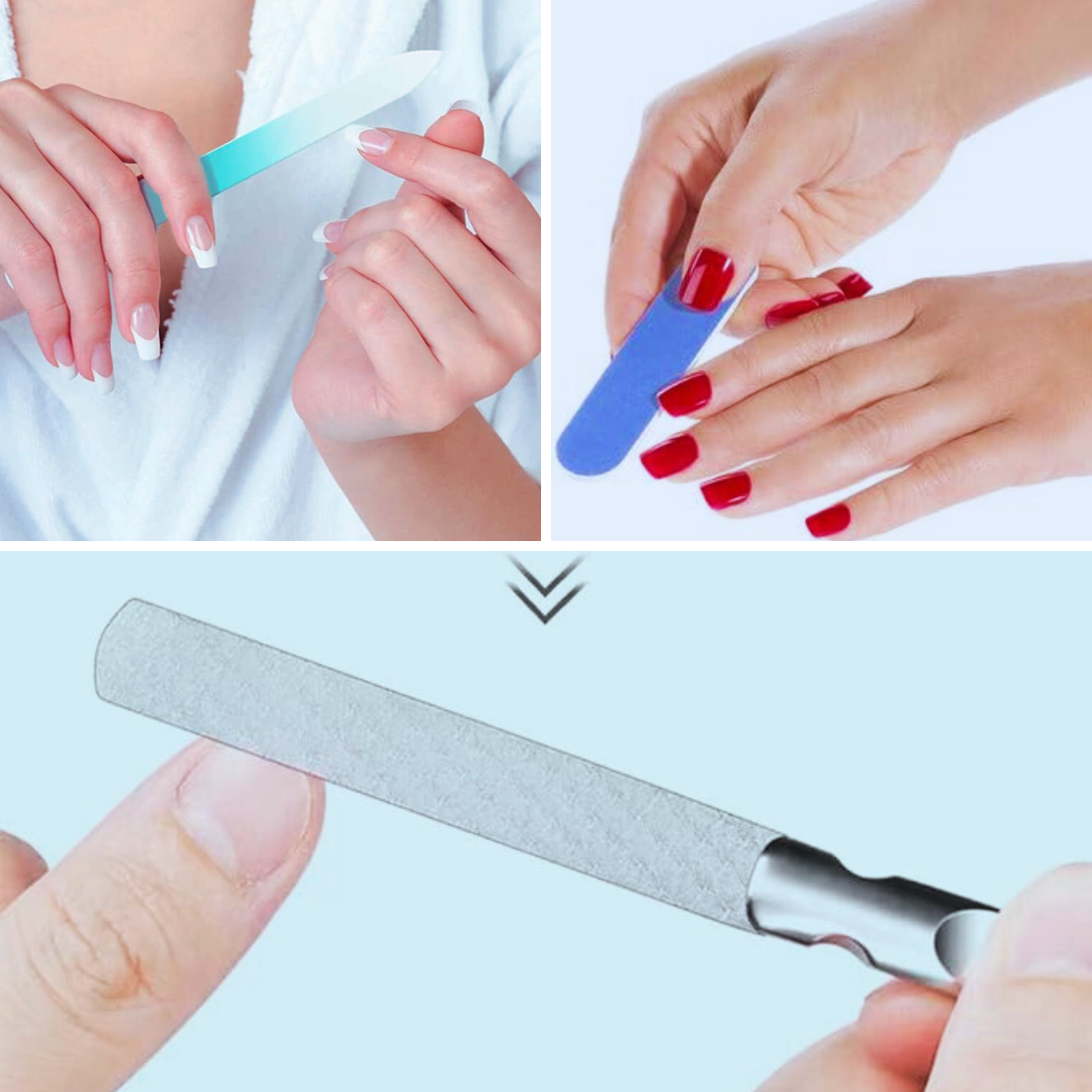
When it comes to nail files, there are several types to choose from, each designed for specific nail types and purposes. The most common types include emery board nail files, metal nail files, crystal nail files, and glass files. Emery boards are the classic go-to for many, suitable for natural nails and available in various grits. Metal files are more durable but can be too harsh for some nail types. Crystal and glass files offer a gentle way to shape nails, with the added benefit of being washable and more hygienic.
Choosing the Right File for Your Nails
Selecting the right nail file depends on several factors, including nail type and the desired shape. For natural nails, a fine-grit emery board or a glass file is often the best choice to prevent damage. Those with thicker, acrylic, or long nails might opt for a medium grit file. The goal is to create a smooth edge without causing splits or rough edges that can lead to breakage.
Filing Techniques for Perfect Nails

The technique used to file your nails is just as important as the type of file you choose. Filing in one direction, rather than a back-and-forth sawing motion, is key to preventing damage to the nail plate. Start from the outer edge and move towards the center to achieve the desired shape, whether square nails, oval-shaped nails, or almond nails. Remember to be gentle, as too much pressure can weaken the nails.
Nail File Hygiene and Maintenance
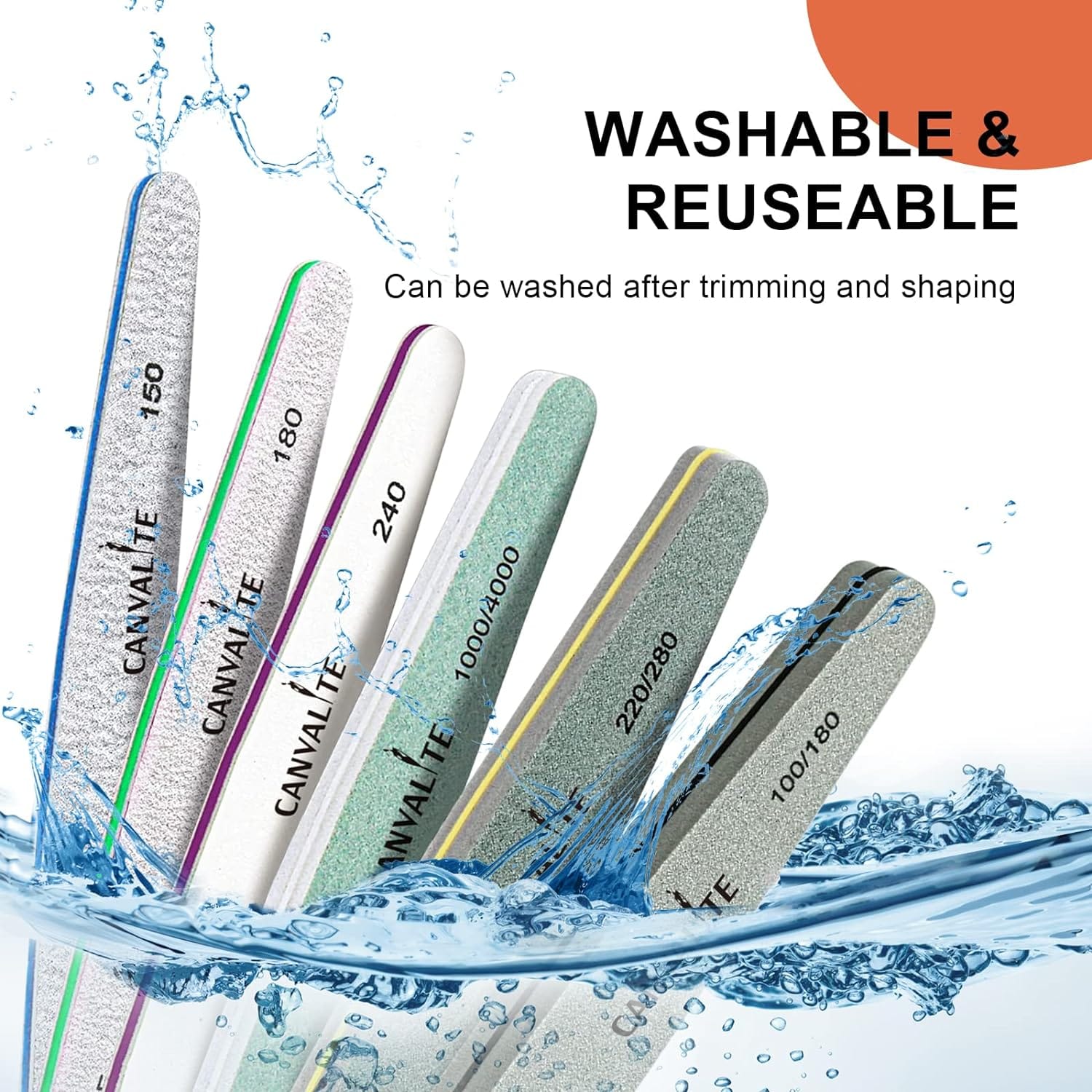
Nail hygiene is paramount when it comes to preventing infections and ensuring the longevity of your nail tools. After each use, it's important to clean your nail files. Metal and glass files can be washed in warm water with a nail brush to remove build-up. Emery boards, however, are not as easy to clean and should be replaced regularly. Storing your nail files in a dry place will also help maintain their efficacy.
The Evolution of Nail Files: From Sandpaper to Crystal
Have you ever wondered how the humble nail file came to be? It's a journey that spans from rudimentary sandpaper to the elegant crystal files we see today. Initially, people would use various abrasive materials to shape their nails, but it wasn't until the invention of sandpaper that the process became more refined. This led to the creation of the first emery boards, which were essentially strips of wood coated with emery powder. These were a game-changer for nail care, allowing for a more precise and gentle way to file nails into the desired shape.
Fast forward to the present, and we have a plethora of options, each serving different purposes. Metal files, known for their durability, are great for shortening long nails but can be too harsh for some nail types. On the other hand, glass files, or crystal files as they're often called, are celebrated for their gentle wear on the nail plate. They create a smooth edge without causing the micro-tears associated with coarser files. This evolution reflects not just advancements in technology but also a deeper understanding of nail hygiene and care.
Nail Files and Nail Health: A Symbiotic Relationship
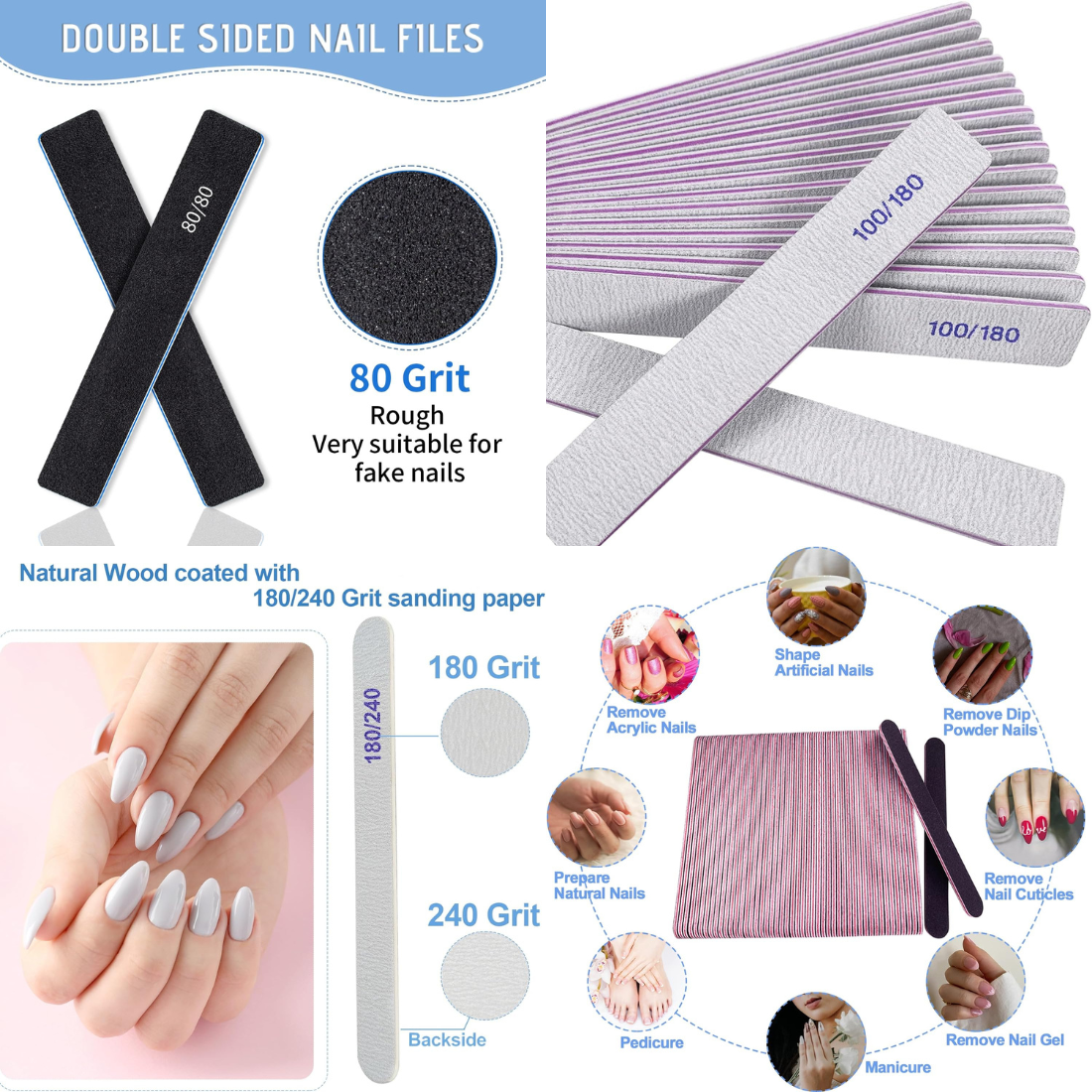
When it comes to maintaining healthy nails, the type of nail file you use plays a crucial role. Using the wrong file can lead to split or brittle nails, which is why it's essential to match the file to your nail type and condition. For instance, if you have brittle nails, a fine-grit glass file can help prevent further damage by sealing the keratin layers at the edge of the nail. This is because glass files have a fine abrasive surface that files in one direction, reducing the risk of breakage.
Conversely, if you're sporting tough, acrylic, or stiletto nails, you might need a medium grit emery board or metal file to tackle the job. These files are designed to handle the rough edges and sharp points of such nail shapes without losing their effectiveness. Remember, the goal is to maintain both the health and beauty of your nails and choosing the right tool is just as important as the filing technique itself. So next time you pick up a nail file, think of it as a partner in your nail care routine, one that's evolved to meet the specific needs of your own nails.
The Lifespan of Your Nail File
How long should you use an emery board or any other type of nail file? The answer varies. Glass and crystal files can last up to six months or longer with proper care. Emery boards, on the other hand, tend to wear out more quickly and should be replaced every few months. Metal files can last a long time but should be monitored for signs of wear that could lead to nail damage.
Nail Shaping Tips for Different Nail Types
Shaping your nails correctly can enhance their natural beauty. For short nails, a straight-across cut with a slight curve at the edges is often best. Long nails offer versatility, with options like square, stiletto, or coffin nails. The same process applies to all shapes: file gently and consistently, checking the symmetry as you go.
Caring for Your Nails Post-Filing
After filing, it's important to care for your nails to keep them strong and healthy. Applying cuticle oil can help nourish the nail bed and cuticles. If you've used a rougher file, follow up with a finer grit to polish the free edge. This will seal the nail and prevent splitting. Always finish by washing your hands in warm water to remove any filing residue.
Storing Your Nail Files

Proper storage is essential for maintaining the integrity of your nail files. Keep them in a clean, dry place away from moisture, which can cause metal files to rust and emery boards to become less effective. For glass and crystal files, a protective case can prevent breakage and keep the file clean between uses.
When to Replace Your Nail File
Knowing when to replace your nail file is crucial for hygiene and care. Look for signs of wear, such as a dulled abrasive material or a less effective filing experience. For emery boards, any fraying or peeling indicates it's time for a new one. Glass and crystal files may last longer but should be replaced if they lose their abrasive quality or if the glass tip breaks.
Summary
In summary, choosing the right nail file and using it correctly is essential for achieving beautifully shaped nails and maintaining nail health. Whether you prefer emery boards, metal files, crystal files, or glass files, understanding their specific uses and care requirements will help you keep your nails looking their best. Remember to file gently, in one direction, and to replace your files as needed to ensure the best results.
FAQ Section
How often should I replace my nail file?
The lifespan of a nail file varies by type. Emery boards should be replaced every few months, while metal files can last longer if they don't show signs of wear. Glass and crystal files can last up to six months or more with proper care but should be replaced if they become less effective or damaged.
Can I use the same nail file for natural and artificial nails?
It's best to use different files for natural and artificial nails. Natural nails require a finer grit to prevent damage, while artificial nails can handle a coarser grit. Using the same file for both can lead to wear and tear on the file and potential damage to your natural nails.
Is it better to file nails wet or dry?
Always file nails when they are dry. Filing wet nails can cause them to tear, bend, or peel, as they are more flexible and softer when wet. Dry filing ensures a cleaner, smoother edge and reduces the risk of nail damage.
